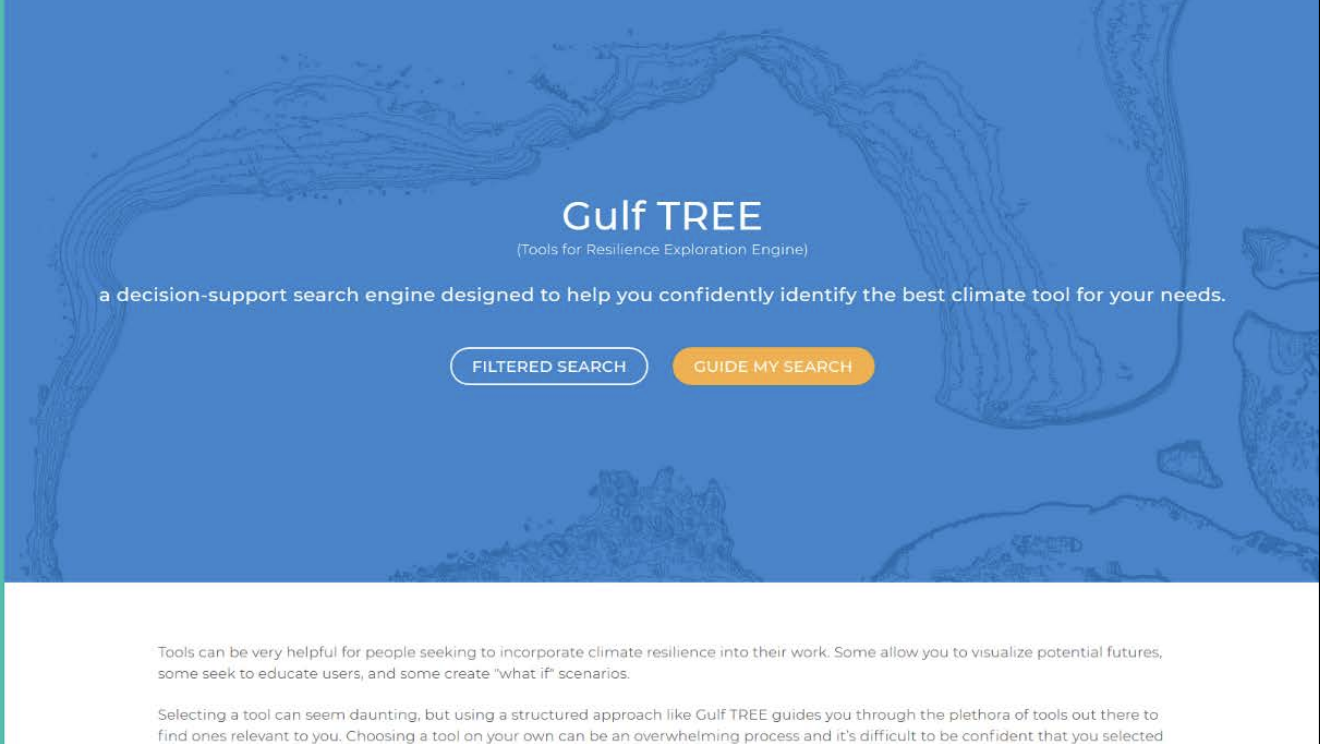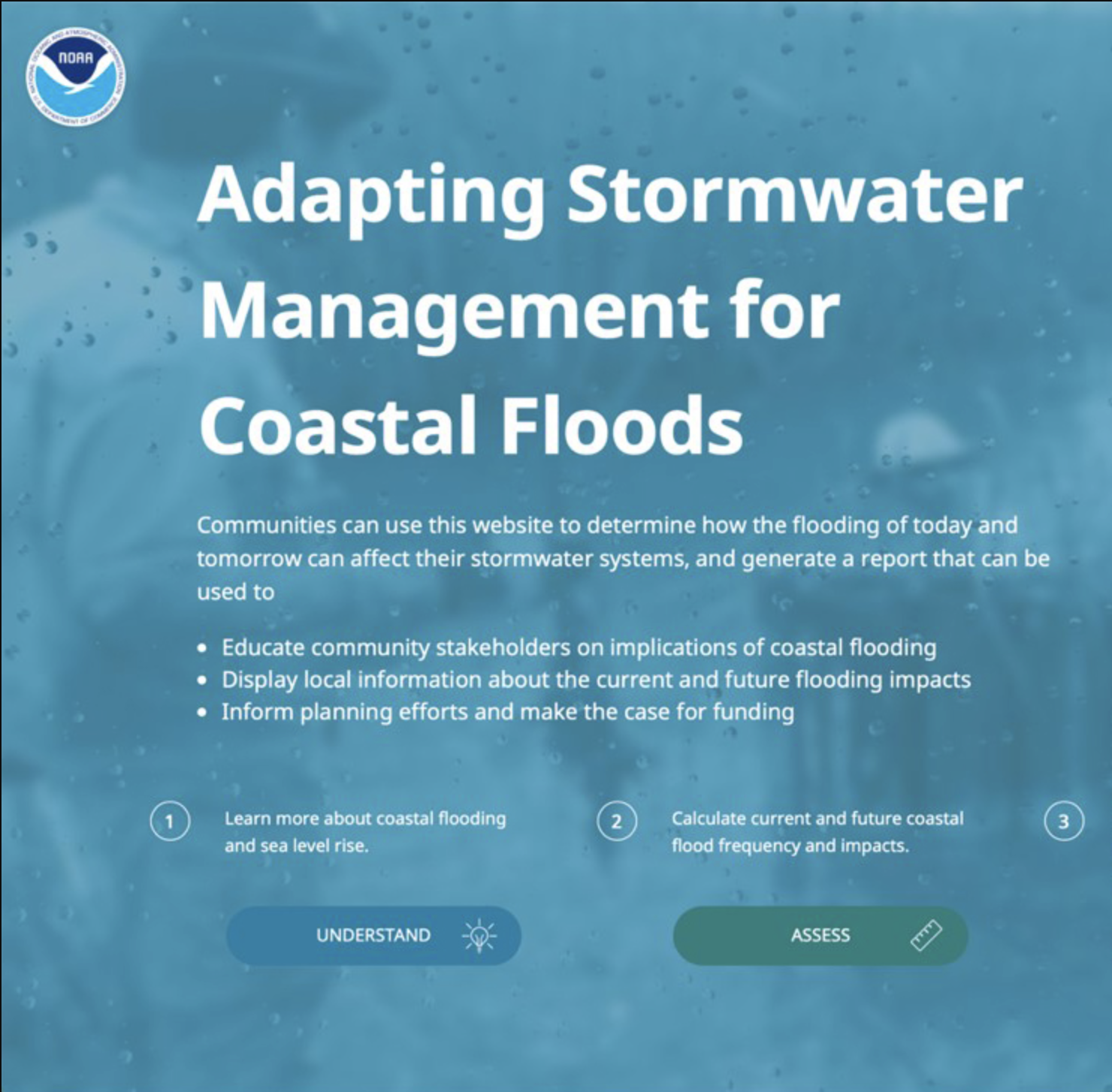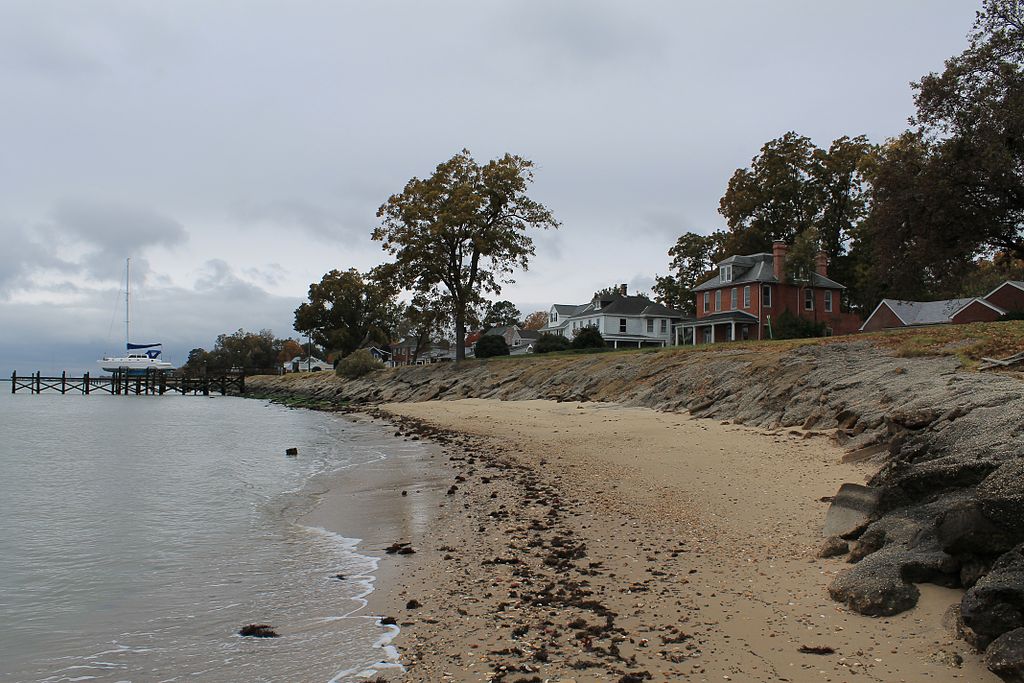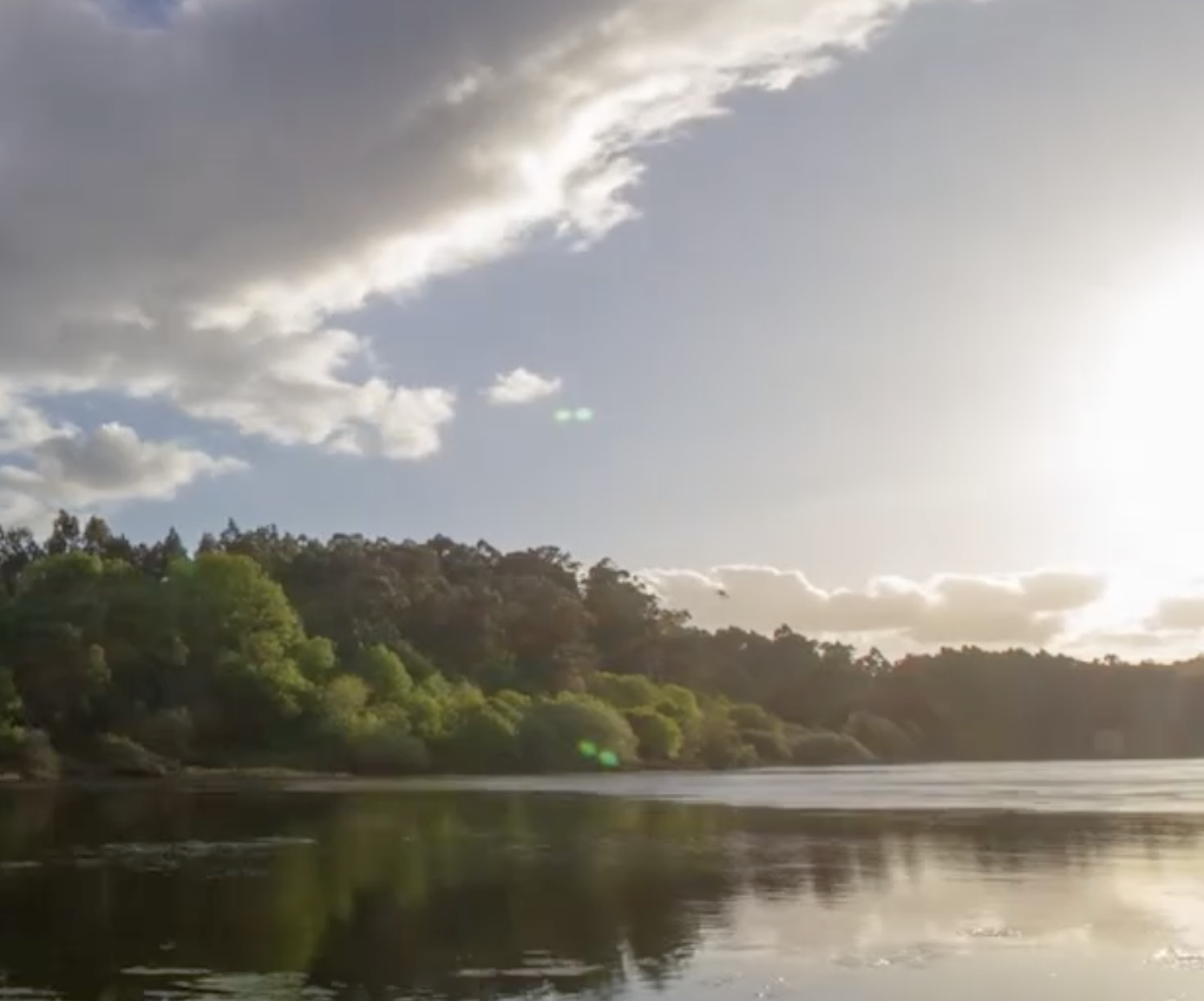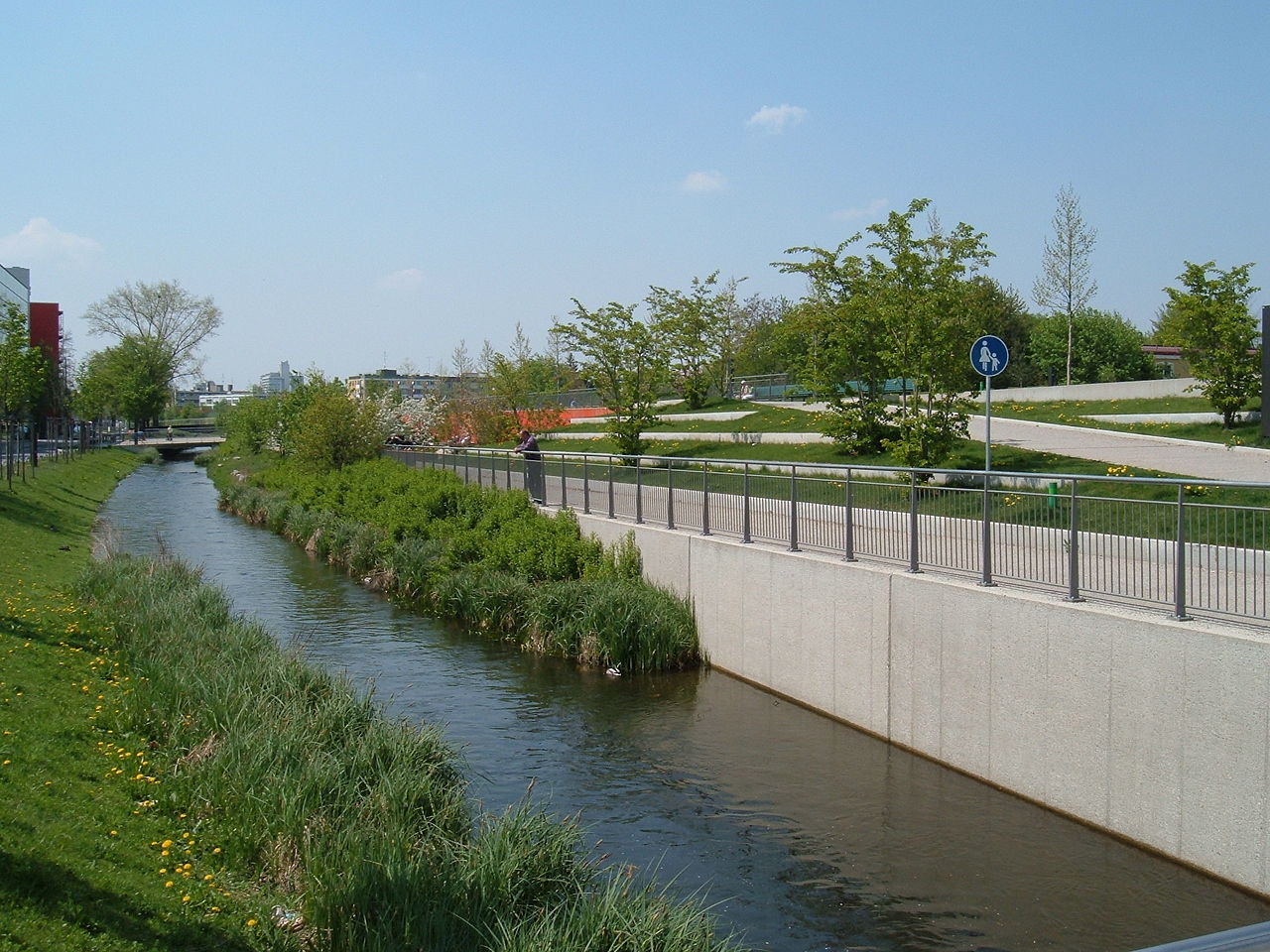Nature-Based Solutions for Coastal Hazards: The Basics
External Link:
Module time (hr:min):
1:00
Difficulty scale:
Image:
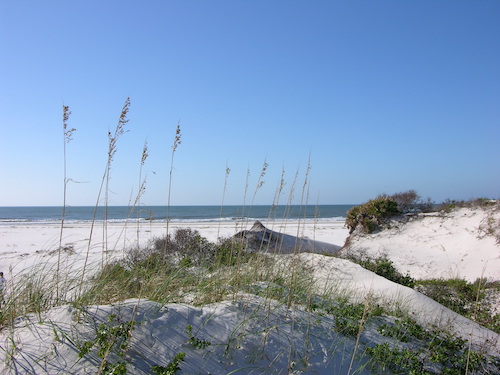
Type of Training:
Module Description:
Learn an approach for identifying your community’s coastal hazard issues, ecosystem services that can reduce hazard impacts, and green infrastructure practices that can provide those services. Develop the beginnings of a community green infrastructure plan.
Region:
Hazards:
Assets:
Topics and Sectors:


